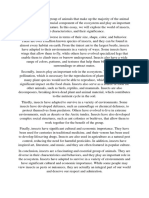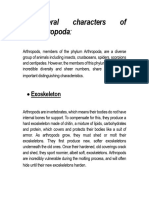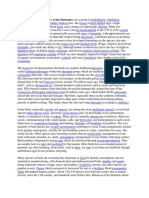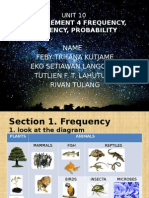The Fascinating World of Birds: Nature’s
Avian Wonders
Birds, with their vibrant feathers, melodious songs, and incredible ability to soar through the skies, are some of the most captivating creatures on Earth. From the tiny, colorful hummingbird to the majestic eagle that rules the skies, birds have adapted to almost every environment on the planet, from the icy tundras of the Arctic to the lush rainforests of the tropics. In this essay, we will explore the unique characteristics of birds, their role in the ecosystem, and the importance of their conservation.
Unique Characteristics of Birds
One of the most defining features of birds is their ability to fly. While not all birds are capable of flight, most are characterized by their wings, which have evolved over millions of years to serve this purpose. Birds are also warm-blooded, a trait they share with mammals, allowing them to maintain a stable internal body temperature regardless of the surrounding environment. This adaptation has been crucial to their survival in diverse habitats, ranging from the blistering heat of the desert to the frigid cold of the Arctic. In addition to flight and warm-bloodedness, birds are known for their lightweight, hollow bones, which reduce their overall body weight, making flight more efficient. Their bodies are also covered in feathers, which serve multiple purposes: they provide insulation, aid in flight, and contribute to a
bird’s distinctive appearance. Feathers come
in a range of colors, from the striking reds and blues of a parrot to the muted browns and whites of a sparrow, and can even help in camouflage or mating displays. Birds are also known for their highly developed vision. Most species have excellent eyesight, often capable of seeing ultraviolet light or detecting minute movements from great distances. This acute vision is essential for spotting prey, navigating long migrations, and avoiding predators. In addition, birds have a unique method of communication
—
through vocalizations. From the sweet song of a nightingale to the harsh call of a raven, bird calls are used for communication, marking territory, and attracting mates.
The Role of Birds in the Ecosystem
Birds play a vital role in maintaining the health of ecosystems worldwide. One of their primary functions is pollination. Many birds, especially hummingbirds, are attracted to flowers by their bright colors and sweet nectar. As they feed, they inadvertently transfer pollen from one flower to another, facilitating the reproductive processes of plants. This service is critical to the survival of many plant species, and in turn, the animals that depend on them for food. Birds are also important seed dispersers. By consuming fruits and berries and later excreting the seeds in different locations, birds help plants to spread across large areas. Some plants even rely entirely on birds to disperse their seeds, and without this interaction, the plant populations would decline. Moreover, birds help control insect populations. Species such as swallows, chickadees, and woodpeckers feed on insects, reducing the populations of pests that could otherwise damage crops and trees. Similarly, birds of prey, such as hawks and owls, regulate populations of rodents, rabbits, and other small mammals, maintaining a balance in the food chain.
Birds also contribute to the cycle of decomposition. Vultures, for instance, are nature's scavengers, feeding on carrion and helping to break down dead animals. This process not only helps to clean the environment but also prevents the spread of disease.
The Importance of Bird Conservation
While birds are incredibly resilient creatures, many species are now facing significant threats due to human activity. Habitat destruction, climate change, pollution, and hunting have all contributed to the decline of bird populations worldwide. For instance, deforestation in the tropics threatens the survival of countless species, as they lose their natural habitats. Similarly, climate change is altering migration patterns and causing disruptions in breeding cycles, making survival more difficult for many bird species. Conservation efforts have become increasingly important to protect these incredible creatures. Many organizations around the world, such as the Audubon Society and the Royal Society for the Protection of Birds, are working tirelessly to raise awareness, protect critical habitats, and advocate for policies that support bird conservation. Birdwatching, too, has become a global phenomenon that not only promotes the appreciation of birds but also encourages people to get involved in conservation efforts. Governments and environmental organizations are also establishing protected areas and wildlife reserves, where birds can live without the threat of habitat destruction. Breeding programs for endangered species, such as the California condor and the Kakapo parrot, have helped to prevent extinction and even facilitate population recovery. Moreover, international agreements such as the Convention on Migratory Species (CMS) work to ensure that migratory birds are protected across national borders.
Conclusion
Birds are not only awe-inspiring for their beauty and unique characteristics but also essential to the functioning of our ecosystems. From pollinating plants and dispersing seeds to controlling pest populations and aiding decomposition, birds play a multifaceted role in maintaining environmental balance. However, as with many other species, birds face significant threats, and their conservation is vital to ensuring the health of our planet. By protecting birds and their habitats, we not only safeguard these fascinating creatures but also ensure the continued functioning of the ecosystems upon which all life depends. Birds are more than just symbols of freedom and grace; they are critical players in the intricate web of life that sustains the Earth. 4o mini




























































































